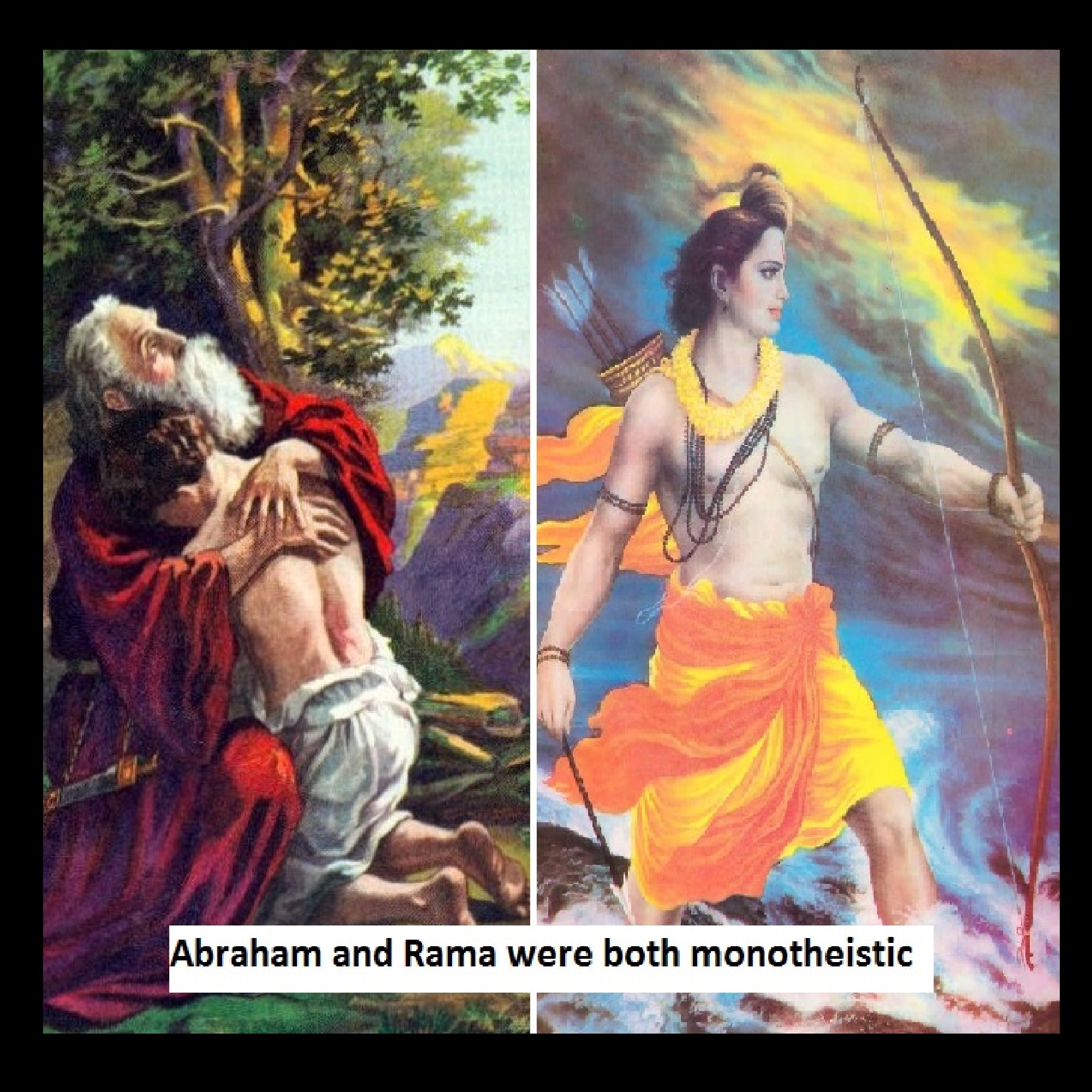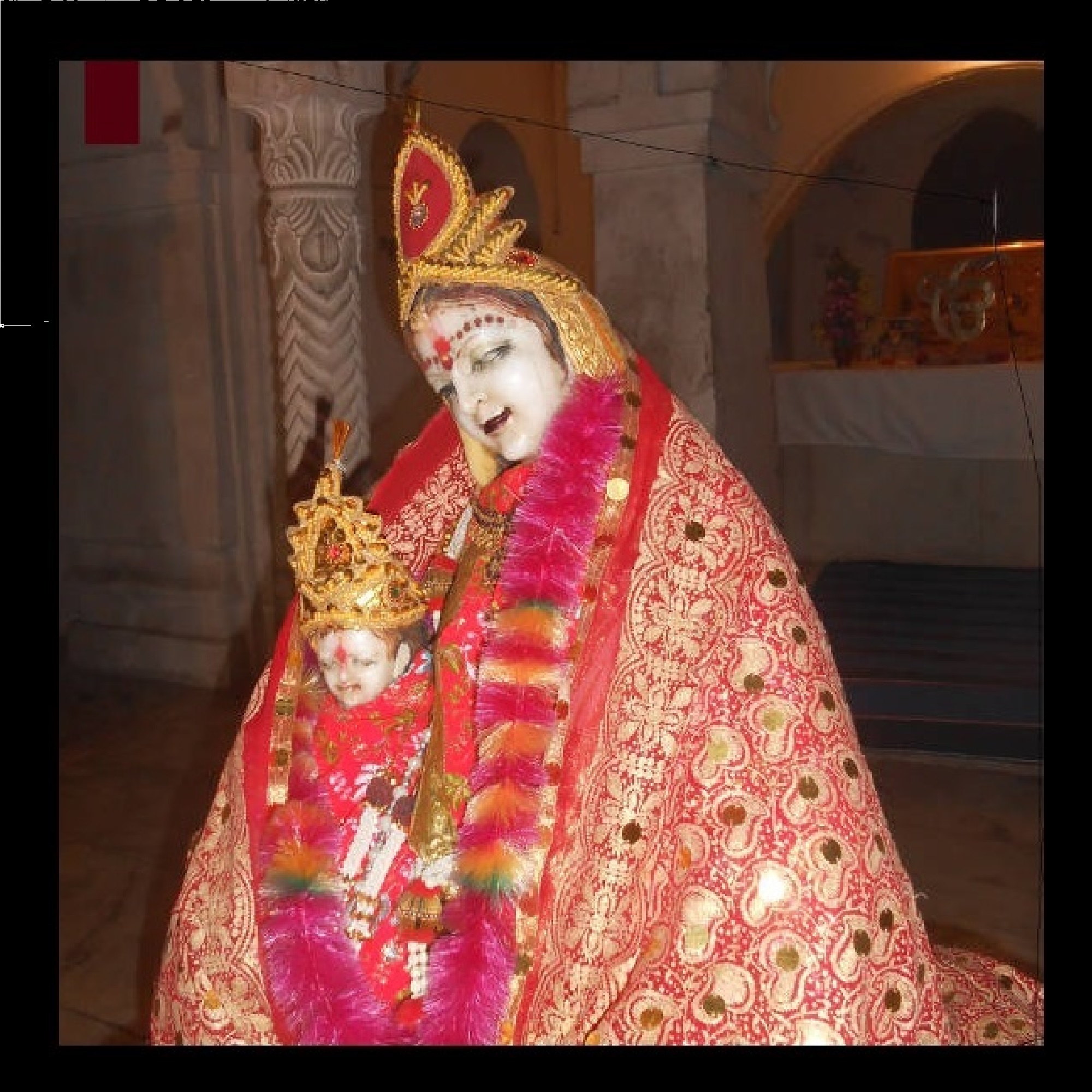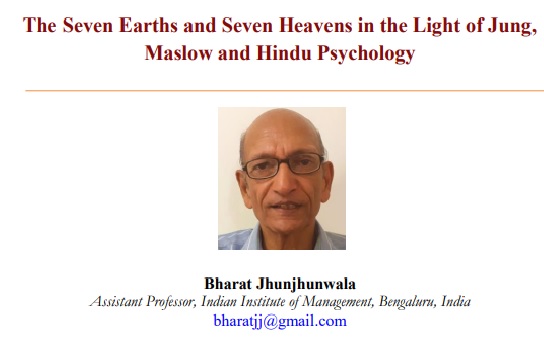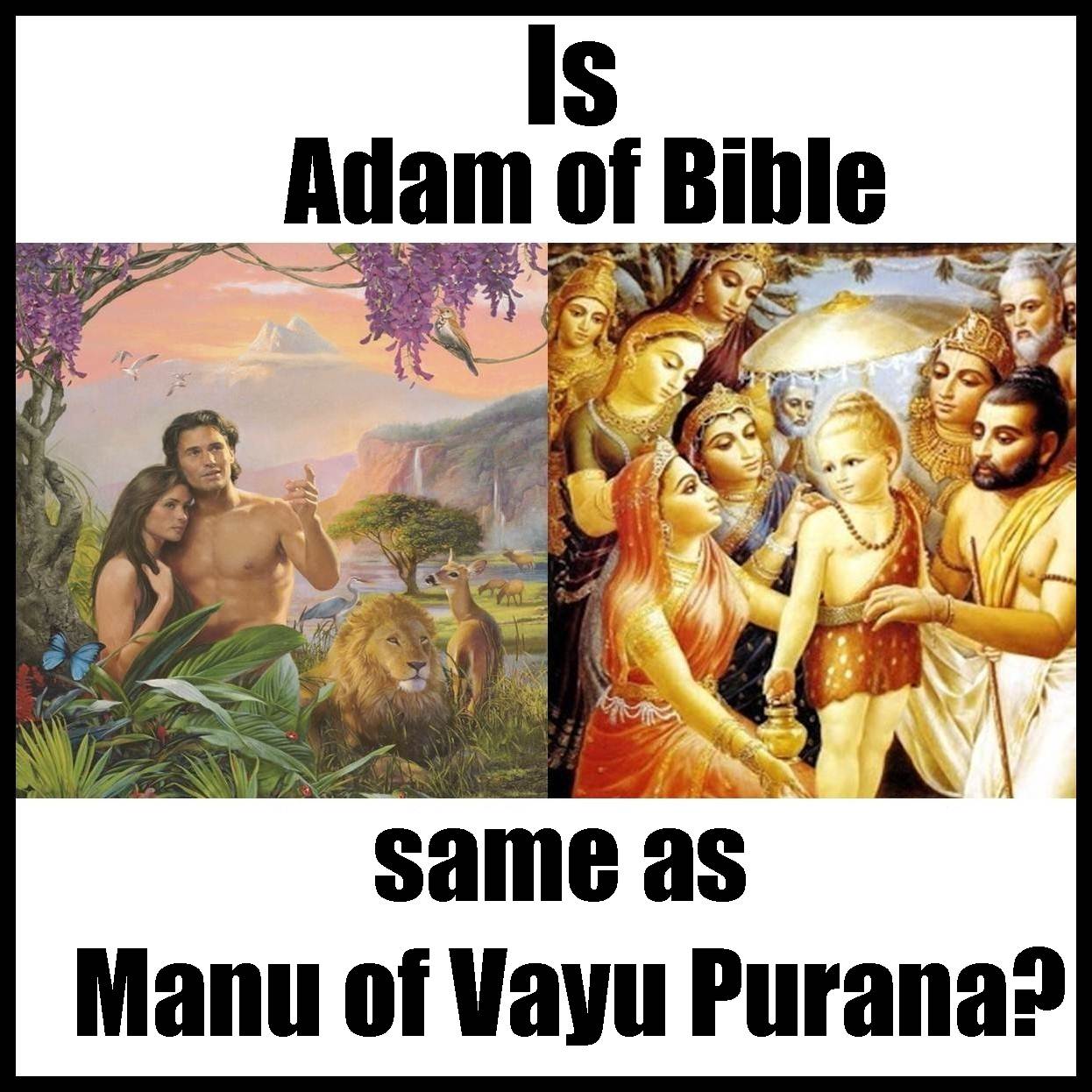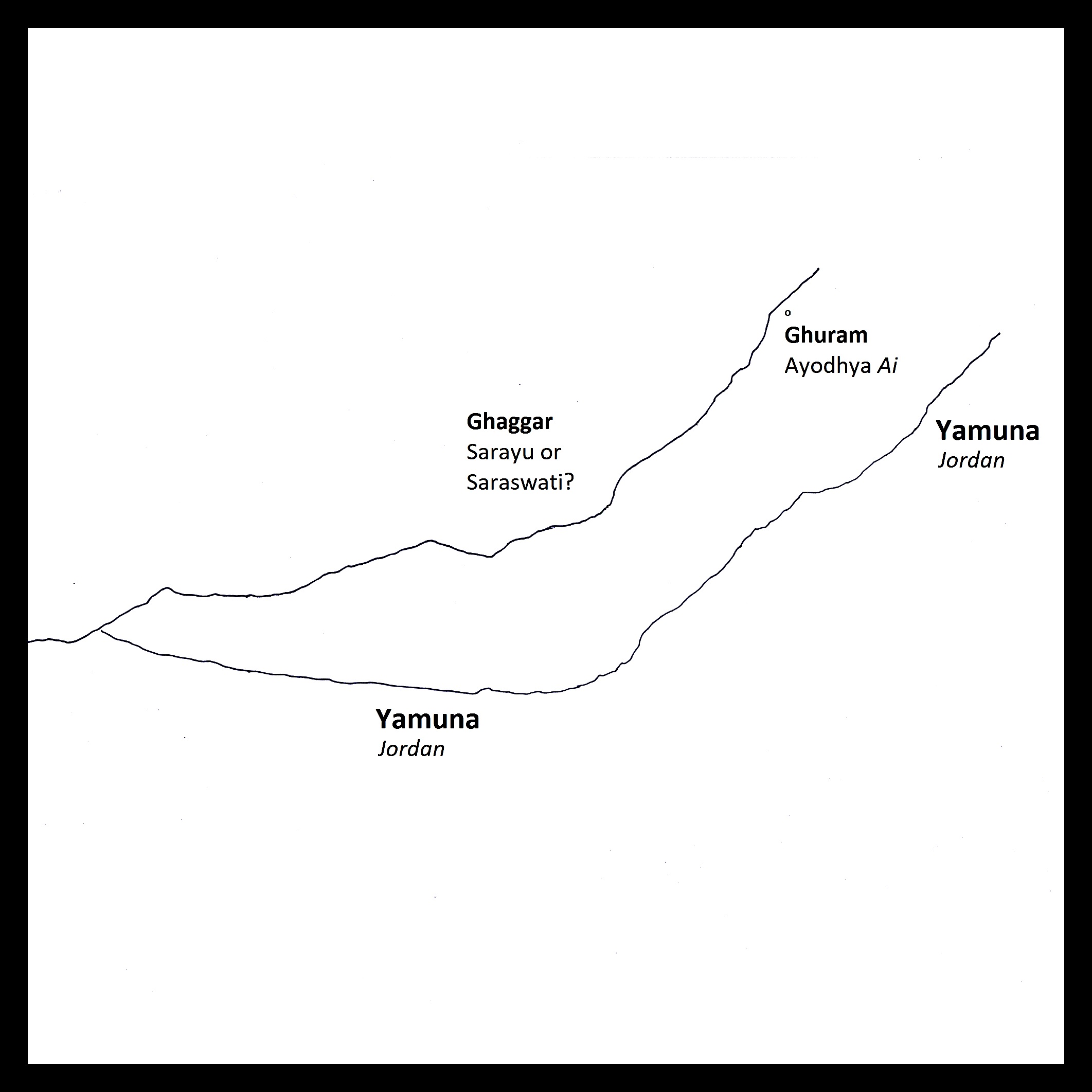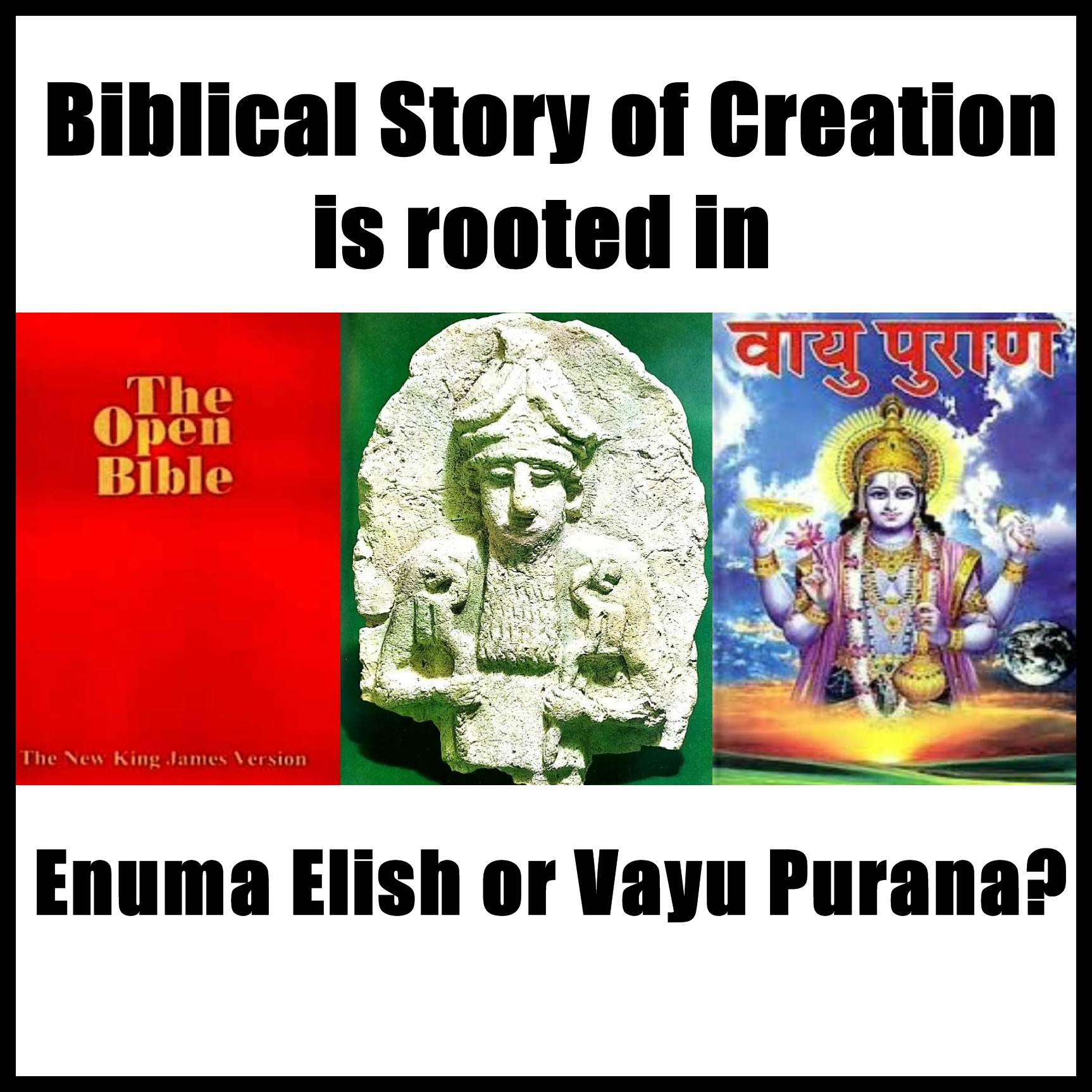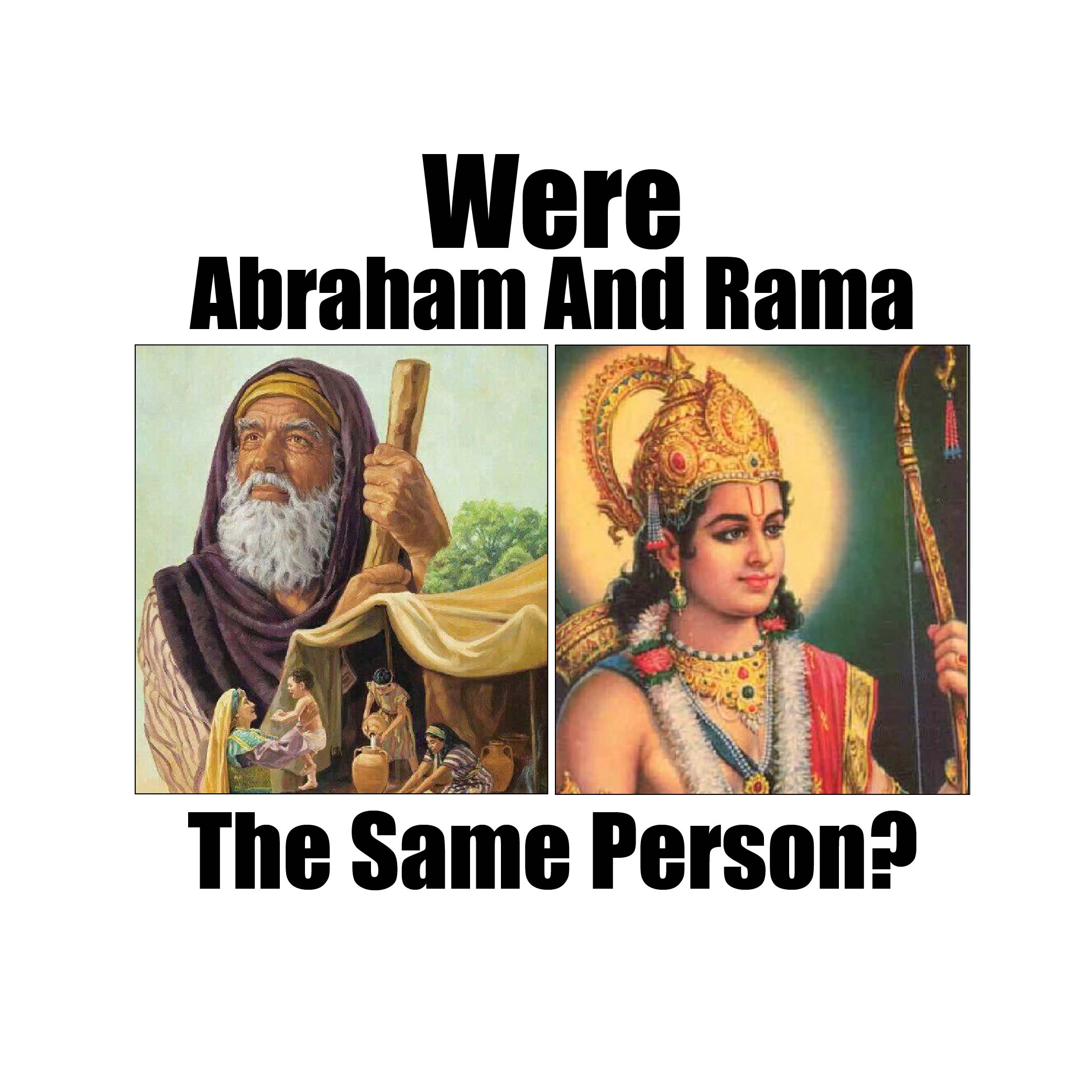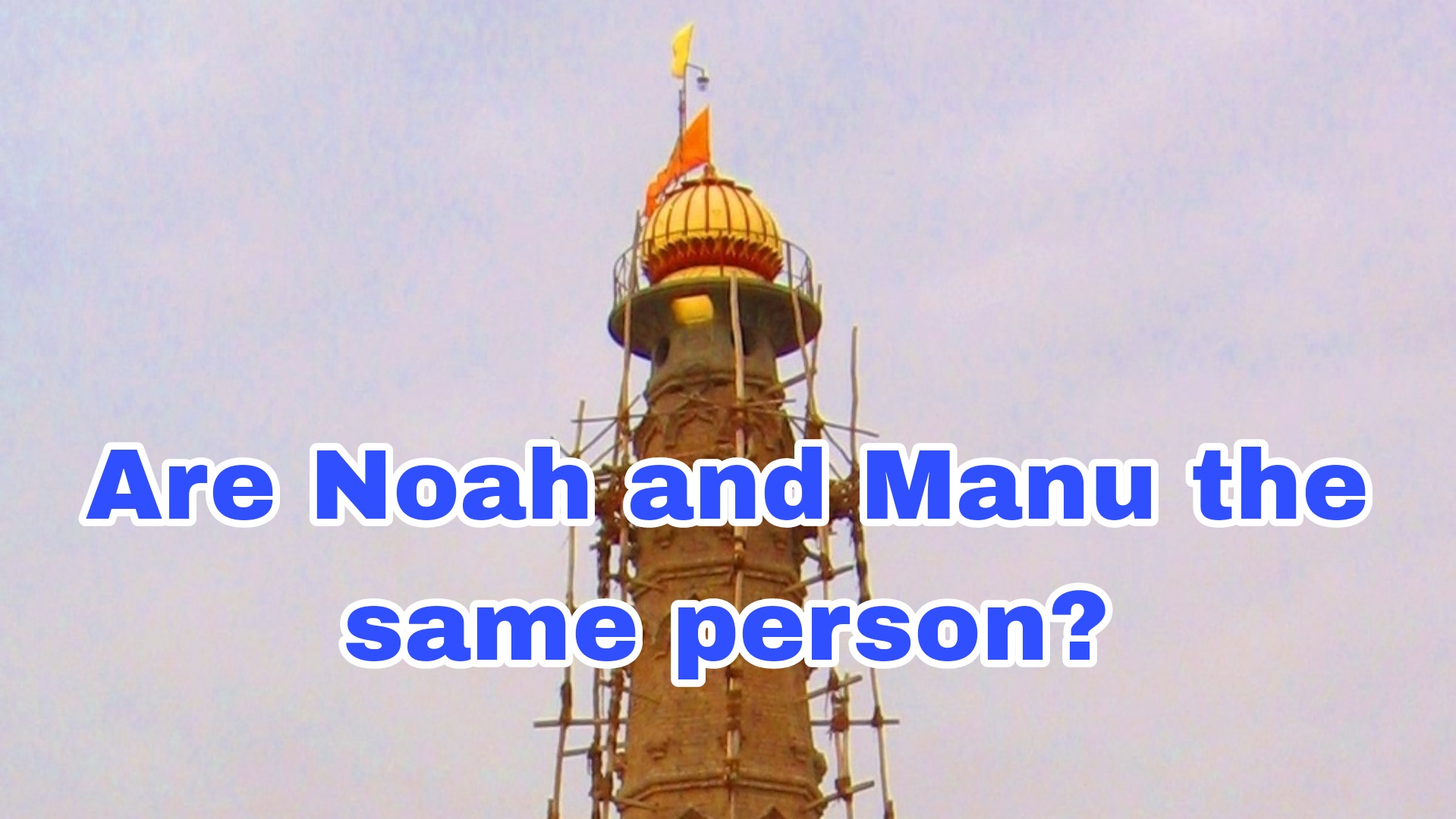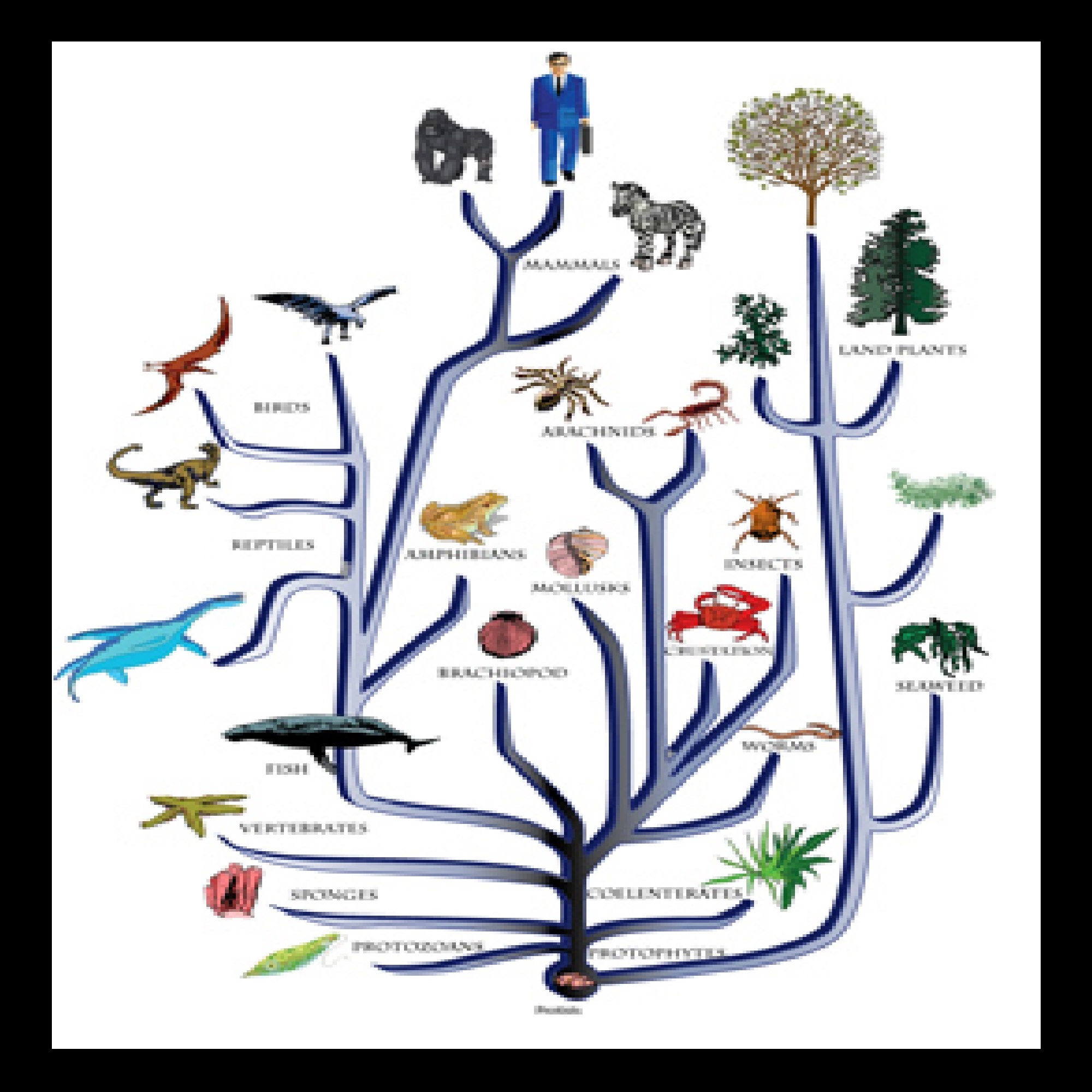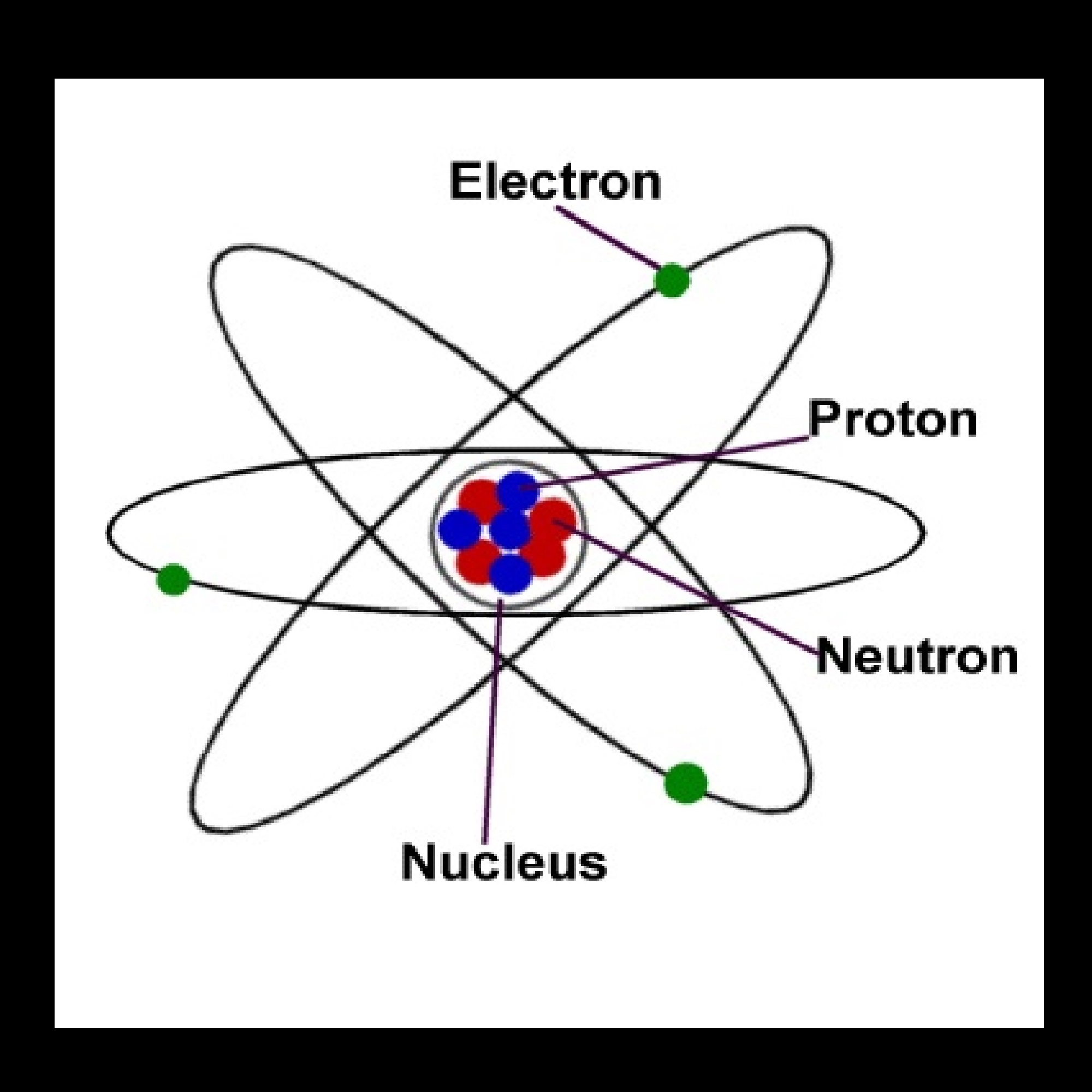[vc_row][vc_column width=”1/6″][/vc_column][vc_column width=”2/3″][vc_column_text]
The Rig Veda is the most ancient text available to mankind.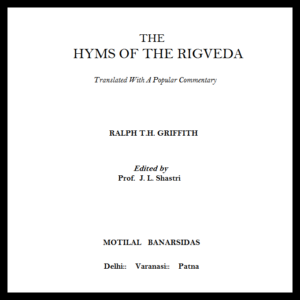
The Rig Veds says that Yamuna could be the Biblical Jordan
The events described in the Rig Veda took place around 3500 BCE though the text was penned down around 1500 BCE. A particular Hymn of the text gives the names of 19 tributaries of the Indus River including the Yamuna River. The name Yamuna or Jamuna and the name Jordan contain the same two consonants J and N.
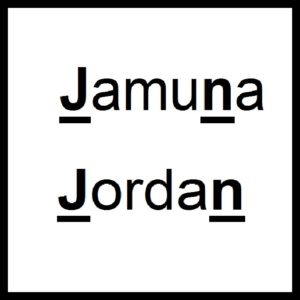
The names Jordan and Jamuna have the same consonants J and N.
Our suggestion is that the Rig Vedic Jamuna could be the Biblical Jordan. We have shown elsewhere on this https://www.commonprophets.com/2-abraham-may-have-lived-in-the-indus-valley/ that Prophet Abraham could have lived near this Jordan River. In this post we will discuss the identification of River Yamuna of the Rig Veda.
The first verse of the “River Worship” Hymn says “thrice flow seven mother streams,” or that there were 21 mother streams:
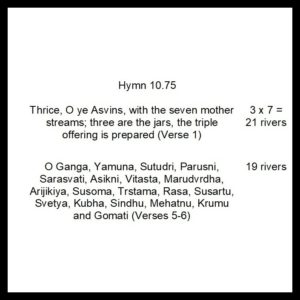
The Veda tells of 21 rivers but names of only 19 are given
In subsequent verses, however, the Hymn gives the names of only nineteen rivers. The first river mentioned is the Ganga followed by Yamuna, Satluj (Sutudri), Ravi (Parusni), Saraswati, Sindhu and so on. Scholars have identified the Saraswati mentioned in this verse with the Ghaggar, and the Sindhu with the Indus River. They have also held that the rivers mentioned in this verse are located in an east- to west sequence. Indeed, the Yamuna, Satluj (Sutudri), Ghaggar flows west of the Ganga.
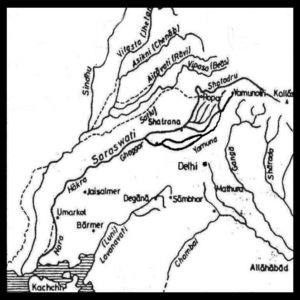
The Yamuna, Satuj (Sutudri) and Ravi (Parusni) flow west of Ganga as told in the Rig Veda
In making these identifications, scholars have assumed that the Ganga River mentioned in this verse was the living Ganga River which flows to the Bay of Bengal. However, the Hymn says that water of the 21 rivers was carried by the Indus River:
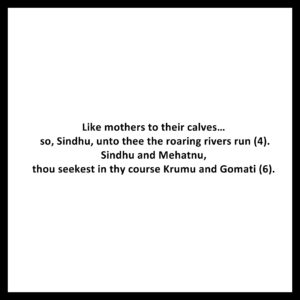
The Rig Veda says that waters of the Ganga were carried by the Indus
According to the Hymn, the Sindhu must carry the water of the Ganga but that is not possible. Geological studies say that there is no possibility of Ganga flowing to the west into the Sindhu in the ancient past. This means that the name Ganga has been either interpolated in this Hymn or was applied to another river at that time.
The second point, as mentioned above, is that the Hymn mentions twenty-one rivers but gives names of only nineteen. Therefore, the names of two rivers have clearly been removed. For these reasons we find that the River Worship Hymn should not be relied to identify the rivers at that time.
The third point is that the Yamuna is told to be flowing west. Geological studies as show that such was indeed the case as shown in the picture.
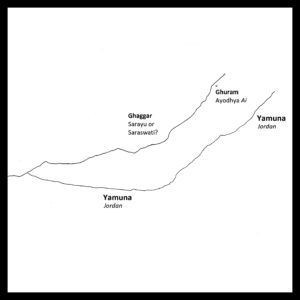
The situation is not hopeless though. Another Hymn of the Rig Veda talks about three rivers Sindhu, Saraswati and Sarayu:
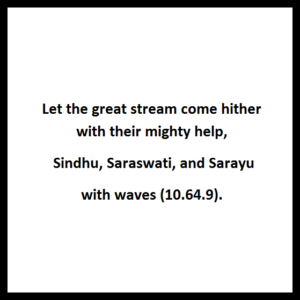
The Sindhu, Saraswati and Sarayu Rivers flowed together possibly to the Rann of Kutchh.
The mention of only these three rivers indicates that they were special in some particular manner. One possibility is that the three refer to three river basins of the Indus Valley Civilization as shown in the picture,
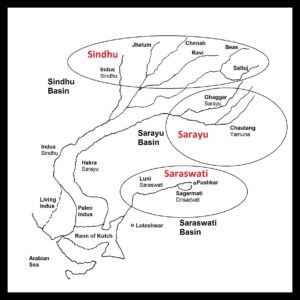
The Rig Veda tells of Sindhu, Sarayu and Saraswati Rivers which could be the Indus, Ghaggar and Luni.
There is little doubt that the Sindhu is the Indus River. That leaves us to identify the Sarayu and the Saraswati. One possibility is that the Sarayu is the Ghaggar and the Saraswati is the Luni. This alone appears to be the explanation for the mention of the three rivers in the Rig Veda.
The identification of Sarayu with Ghaggar would mean that Rama could have lived along this river, as also Abraham.
If the Sarayu was the Ghaggar, then the Rig Vedic Yamuna could be the west-flowing Yamuna as shown in the picture above.

Ram, who was same as Abraham, was born in the Ghaggar-Yamuna area of the Indus Valley.
Thus, we conclude that according to the Rig Veda, the Sindhu was the Indus, the Sarayu was the west-flowing Ghaggar and the Saraswati was the Luni. The west-flowing Yamuna was a tributary of the Ghaggar. She is mentioned as Jordan in the Bible. In this way the rivers mentioned in the Rig Veda and the Bible are synchronized.[/vc_column_text][/vc_column][vc_column width=”1/6″][/vc_column][/vc_row]
Visit our website: https://www.commonprophets.com/
For Videos: https://www.youtube.com/channel/UCN4sb3toJxNGPjmSubnwz_Q
For more information on the theory of Common Prophets, Please like my FB Page One God One 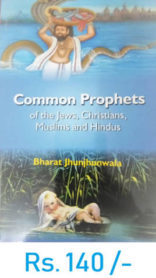 Religion, Subscribe my English channel One God One Religion, subscribe my Hindi Channel एक ईश्वर, and you may like to buy my book here.
Religion, Subscribe my English channel One God One Religion, subscribe my Hindi Channel एक ईश्वर, and you may like to buy my book here.


